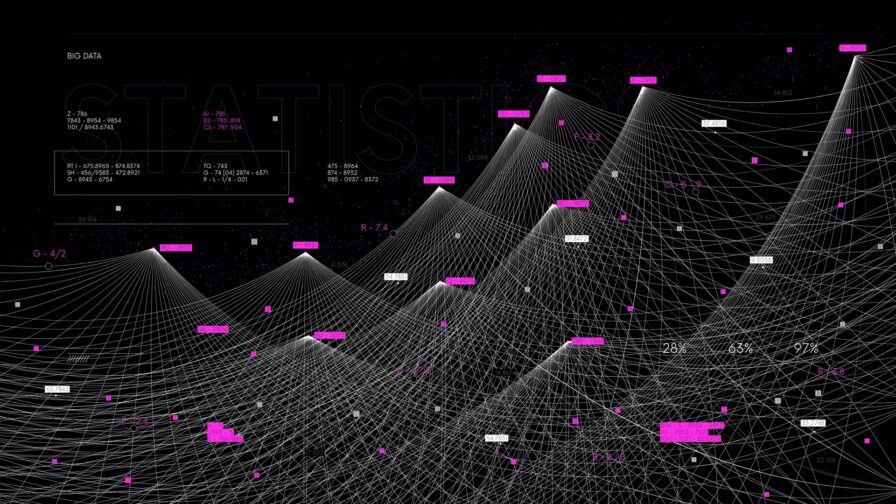PDF Pattern recognition and artificial intelligence in biometrics Circuit Diagram 1 /* If you want to use NEAI functions please, include NEAI library 2 * in your Arduino libraries then, uncomment NEAI parts in the following code 3 */ 4 5 /* Libraries part */ 6 # include

How To Run The Examples Using the Arduino IDE. Alternatively you can use try the same inference examples using Arduino IDE application. First, follow the instructions in the next section Setting up the Arduino IDE. In the Arduino IDE, you will see the examples available via the File > Examples > Arduino_TensorFlowLite menu in the ArduinoIDE.

Cardboard Gesture Recognition with Embedded AI Circuit Diagram
Arduino has evolved from a basic microcontroller into a powerful platform for artificial intelligence. In this comprehensive guide, we explore twelve innovative Arduino AI projects that will redefine the way you interact with technology. Whether you're a DIY enthusiast, a student, or a professional developer, these projects will enhance your tech skills and open new doors for intelligent

Neurona. Data Processing. Artificial Neural Network architectures for Arduino This library allows an Arduino board to feed artificial neural network structures, in order to perform tasks such as pattern recognition, non-linear regression and time-series prediction from the available architectures. As demos, an extremely compact handwriting recognition system was realized on an Arduino Uno. There's a wireless current sensor for condition monitoring, and a gesture recognition system. Pre-Trained and Adaptable AIfES Gesture Recognition. In gesture recognition, the model was pre-trained and the user performs the gestures as the developer

Arduino Reference Circuit Diagram
EloquentTinyML, my library to easily run Tensorflow Lite neural networks on Arduino microcontrollers, is gaining some popularity so I think it's time for a good tutorial on the topic.. If you're a seasoned follower of my blog, you may know that I don't really like Tensorflow on microcontrollers, because it is often "over-sized" for the project at hand and there are leaner, faster alternatives.

Here are a few exciting AI projects with Arduino that explore different aspects of AI, from machine learning to robotics and natural language processing: 1. AI-Powered Object Detection Project Overview: You can integrate an AI model to detect and classify objects using a camera module and Arduino. By using a pre-traine HuskyLens is an easy-to-use AI machine vision sensor with 6 built-in functions: face recognition, object tracking, object recognition, line-following, color detection, and tag detection. It is a pretty neat module that comes with a camera on the front side and an LCD display on the backside and 3 LEDs(2 white and 1 RGB) onboard which can be

